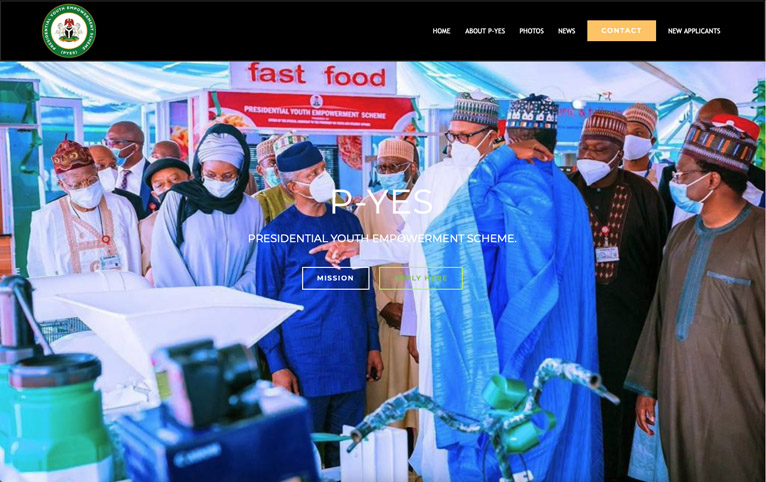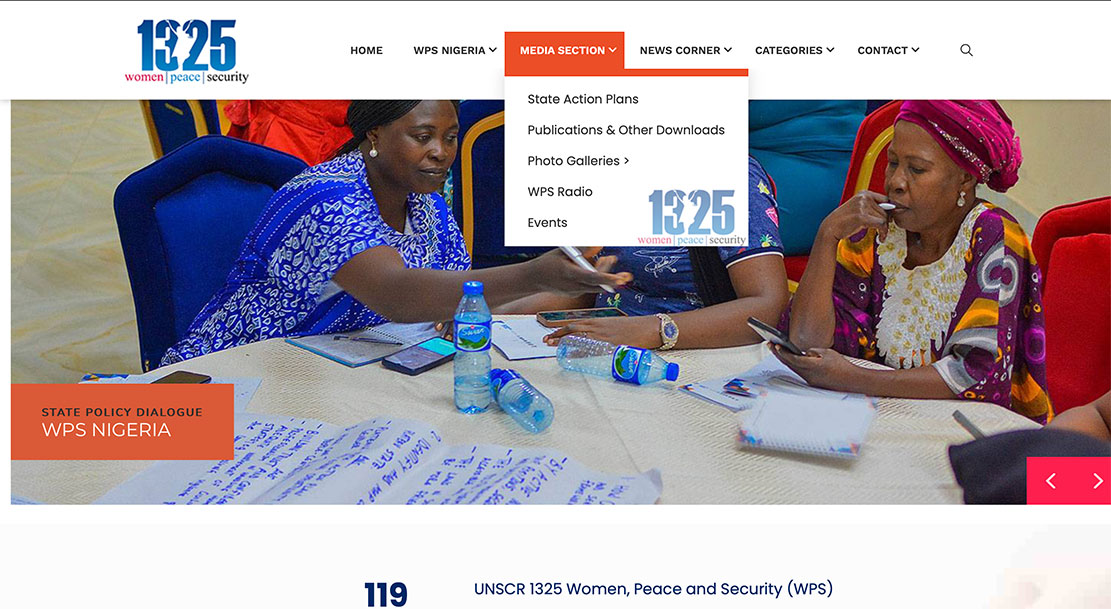Over the past few years, we’ve had the privilege of designing websites for nonprofits across multiple sectors—from advocacy to health initiatives, infrastructure projects, and youth empowerment. Here’s what we’ve learned.
Each project has deepened our understanding of what it takes to build digital infrastructure for organizations doing meaningful work. These aren’t just portfolio screenshots for us. They’re partnerships with organizations that we’ve known, and the stakes are higher.
What Building Websites for Nonprofits Has Taught Us
1. The maintenance problem, a few case studies.

TARABA STATE WATERBOARD (USAID)
The Taraba State Water Board commissioned us to build their website in the wake of COVID-19. The project, sponsored by USAID, was designed to communicate the board’s mandate of providing clean, drinkable water to communities across Taraba State.
That website is no longer online.

P-YES NIGERIA
The Presidential Youth Empowerment Scheme, was designed to create 774,000 jobs for the Nigerian youth. It was a platform that had benefits, application forms, and gave hope to thousands of Nigerians. When a new administration took office, the site went offline.
That website is no longer online.
We learned something from this.
Building a website is half the work. Without a maintenance plan in place, then the work done is only half done. Political transitions, budget reallocations, and staff turnover all threaten a site’s longevity if sustainability isn’t built into the foundation from the beginning.
Now, we approach every project with this reality in mind. So if you call us to build your brand, website, anything—just know you’re stuck with us for the long haul. We will nag you to keep that website online.
2. Dealing with Multiple stakeholders.

WPS WEBSITE
This is a nice way of saying you have more than one client to account to.
Government and large institutional projects come with inherent complexity. Multiple departments have input. Take for Instance the WPS Website designed by Pishon Design Studio (us) finished in mid 2025. Approval processes involve layers of review. One donor wants the site to emphasize policy achievements. Another prioritizes community impact. A third is focused on donor reporting requirements.
We learned that this complexity doesn’t resolve itself during development.
If you don’t address this at the beginning, you end up redesigning the same sections repeatedly as different stakeholders weigh in at different stages.
We didn’t, so we had to almost redesign the above site twice, just to make sure all parties were happy.
3. Who is their target audience?

One non profit we worked with, Abundant Life Community Development Corporation, runs a diverse range of programs: annual community health fairs that serve hundreds of residents, international student empowerment workshops, and various community development initiatives. Each program serves a different audience with different needs.
The instinct with multi-program organizations is often to create a complex navigation structure that mirrors the organizational chart. Not so useful when you need folks to donate to your cause.
So we had to first understand not just what the organization did, but who they were trying to reach and what those people needed to find. That research phase became just as important as the design and development work that followed.
How we now approach building websites for non profits
These experiences have fundamentally shaped our approach to building websites for non profits.
We don’t view a website launch as the end of our engagement. We build sites with long-term sustainability in mind, which means comprehensive training, thorough documentation, and continued support.
We’ve also become more selective about the projects we take on. We look for organizations that understand the commitment required to maintain a meaningful digital presence.
What you should know if you’re considering a website for your non profit.
- Be honest about capacity from the start. Do you have someone who can manage content updates?
- Is there budget for hosting and maintenance? This is a yearly expense. And yes, it is 2 different services. With or without your design company.
- Does your leadership understand that a website requires the same kind of institutional support as any other critical infrastructure?
If the answer is yes, Send us a message. 🙂 Now, I can confidently say we understand the unique challenges nonprofits face, and we know how to handle them with experience.
Stop Losing Money to a Bad Website
Get a fast, modern, mobile-optimized website that actually converts visitors into customers.
No setup fees. Built for results.
—
Note: all of the sites above are designed by Pishon.










